South Carolina has one National Park with Congaree National Park. The state is filled with fantastic National Historic Sites, National Military Parks, National historic trails and corridors and more! These parks are vastly different and include beautiful natural scenery and preservation of American history.
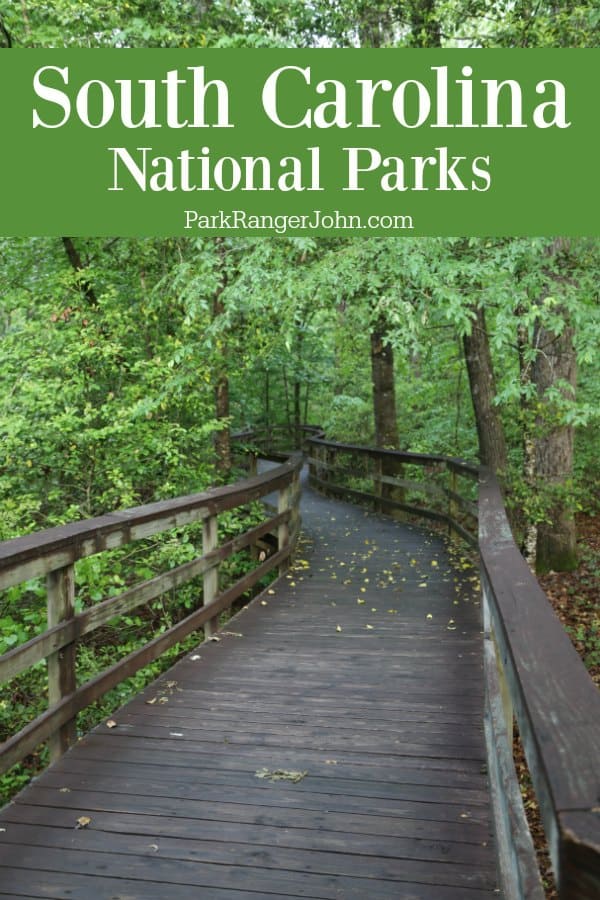
South Carolina National Parks
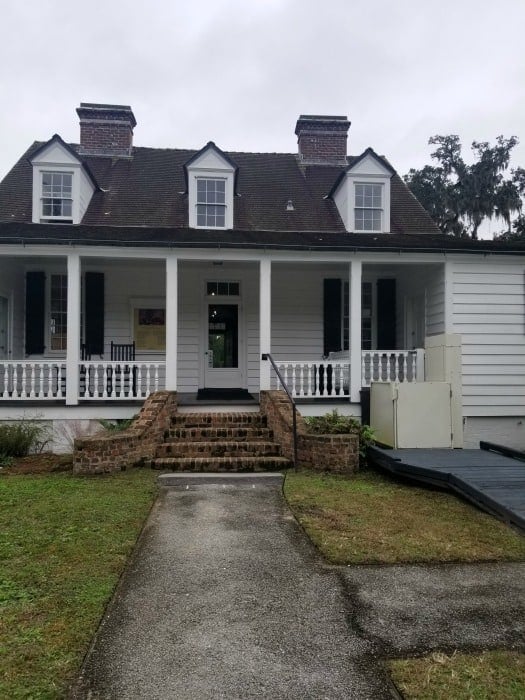
Charles Pinckney National Historic Site
Top Things to do - "Pop-up" guided programs, Explore Snee Farm, Watch Films, Visit the Visitor Center and Museums
Lodging - There are no lodging options within the park, Accommodations are located generally throughout the Charleston area.
Camping - No campgrounds are available within the park
Park Address - 1254 Long Point Road, Mount Pleasant, SC 29464
Charles Pinckney NHS is located in eastern South Carolina approximately 6 miles northeast of Charleston. The park is open year-round and offers the opportunity to tour Charles Pinckney's Snee Farm.
Charles Pinckney is best known as a signor f the United States Constitution in 1878. He also contributed to the creation of this historic document. He was nicknamed "Constitution Charlie".
Mr. Pinckney was born into a wealthy South Carolina Lowcountry family in 1757. He fought in the Revolutionary War and was captured by British Troops. He also served as governor of South Carolina and held positions in the U.S. Senate and House of Representatives.
He inherited a 715-acre estate called Snee Farm from his father. The farm is noted for having hosted George Washington for breakfast in 1791. The original house was demolished after Pinckney was forced to sell the farm due to outstanding debts.
Today the National Park Service manages a 28-acre section of what was Snee Farms. The visitor center is in a house that was built in 1828 after Charles Pinckney passed away.
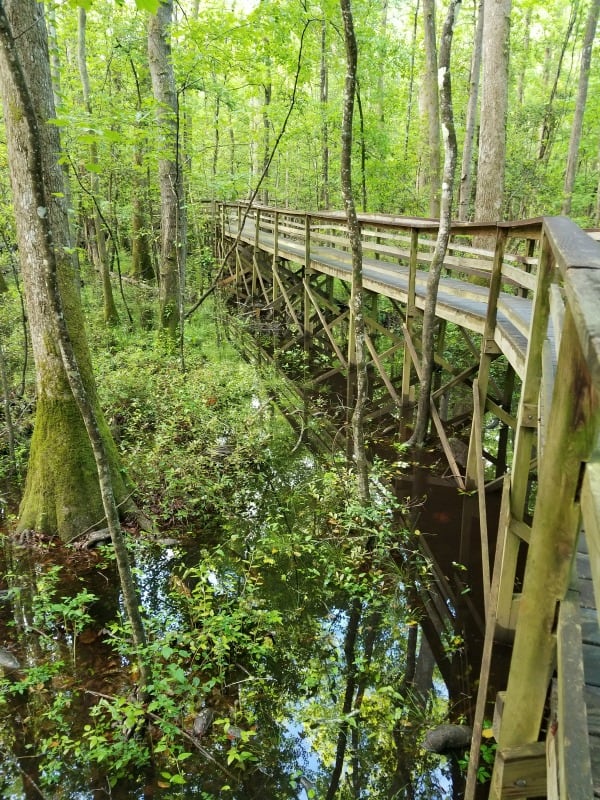
Congaree National Park
Top Things to do - Hiking, Canoeing and Kayaking, Fishing, Ranger Led Programs, Camping
Lodging - There are no overnight lodging options within the park. The nearest alternative accommodations are located in the city of Columbia, approximately 20 minutes from the park.
Camping - Congaree has two designated campgrounds, the Longleaf and Bluff Campgrounds. Camping in the backcountry is also a great way to experience the wilderness at Congaree
Park Address - 100 National Park Road, Hopkins 29061
Congaree National Park is located in central South Carolina approximately 20 miles southeast of Columbia. The park is open year-round and offers the opportunity to walk boardwalks through the largest remaining tract of Southern old-growth bottomland hardwood forest.
The park was originally called Congaree Swamp National Monument but the term swamp was removed when it became a national park in 2003 since the area is a floodplain, not a swamp.
Harry Hampton Visitor Center is the perfect place to start a visit to the park. Depending on the time of year parts of the boardwalk may be closed due to flooding. The Boardwalk Trail is 2.4 miles of elevated wheelchair-accessible boardwalks that loop through the park.
You can see Loblolly pine, tupelo, bald cypress and oak species as you walk along the boardwalk. Congaree NP has one of the largest collections of champion trees in the country. Champion Trees are recognized as the largest of their species.
For a different perspective, you can take a canoe or kayak out on the water.
Cowpens National Battlefield
Top Things to do - See the Museum Exhibits at the Visitor Center, Take a self-guided tour of the battlefield trail, Drive along the loop road, Picnicking
Lodging - There is no lodging in the park. There are several motels within a 15 mile radius.
Camping - There are no campgrounds within the park
Park Address - 4001 Chesnee Hwy, Gaffney, SC 29341
Cowpens National Battlefield is located in north-central South Carolina approximately 15 miles northeast of Spartanburg. The park is open year-round and offers a park film, visitor center, 3.8 miles auto tour and 1.2-mile battlefield trail.
South Carolina experienced more Revolutionary War battles and skirmishes than any other area in the American Colonies. On January 17, 1781, British troops led by Lieutenant Colonel Banastre Tarleton fought with Patriot troops led by General Daniel Morgan.
The battle lasted an hour but truly changed the course of the Revolutionary War. The Patriot General Morgan contained the initial charge from the more experienced British troops and managed to sweep around both flanks of the British troops.
The Patriots won a clear victory in less than one hour. This victory gave the Patriots a huge boost of confidence and set in motion the events that led to the British surrender at Yorktown.
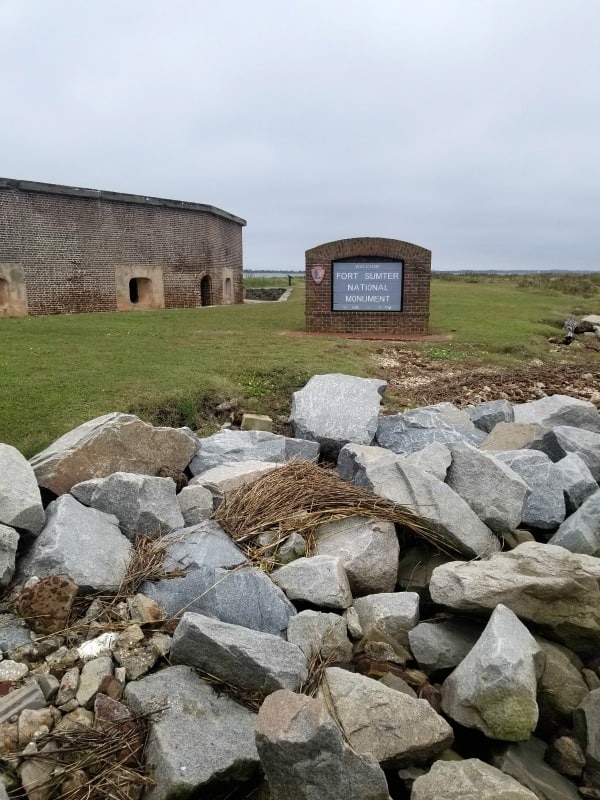
Fort Sumter and Fort Moultrie National Historical Park
Top Things to do - Visit the Fort Sumter Visitor Center, Scenic Viewing, Bird Watching, Fishing, Nature Walks, Wildlife Viewing
Lodging -There are no lodging facilities within the park.
Camping - There is no camping within the park.
Park Address - Fort Moultrie, 1214 Middle St, Sullivan's Island, SC0
Fort Sumter Visitor Center Address: 340 Concord Street, Charleston, SC 29401
Fort Sumter and Fort Moultrie NHP are located in southeastern South Carolina in Charleston Harbor. The park is open year-round and offers the opportunity to explore two historic forts and visit the park visitor centers.
During the early 19th century Charleston, South Carolina was a wealthy city with an important port. The city was filled with wealthy cotton and rice plantation owners who used enslaved workers to harvest their products.
When Abraham Lincoln was elected president the movement to restrict slavery was growing in the United States. South Carolina was the first state to secede from the Union over the "reserved rights of the States."
Union Major Robert Anderson moved his troops from Fort Moultrie to Fort Sumter. Confederate forces demanded that the fort surrender. Major Robert Anderson refused to surrender even with limited supplies and troops.
On April 12, 1861, at 4:30 am as Union supply boats approached Fort Sumter the Confederate troops signaled with a mortar shell that the artillery bombardment of Fort Sumter was beginning. This marked the beginning of the Civil War.
The next afternoon Major Anderson surrendered to the Confederates and the fort stayed in their hands until February 1865.
Today you can take a ferry ride out to Fort Sumter and visit the new concrete artillery battery that was built in 1898. If you can make it to the first or last tour the flag raising and lowering ceremonies are amazing.
Kings Mountain National Military Park
Top Things to do - Visit the Visitor Center, Hike the Trails
Lodging - There are no lodging options within the park.
Camping - Camping is only allowed at Garner Creek Campsite located at the end of a 3-mile trail.
Park Address - 2300 Park Road, Blacksburg 29702
Kings Mountain NMP is located in north-central South Carolina approximately 35 miles southwest of Charlotte. The park is open year-round and offers a 1.5-mile self-guided walking trail, visitor center, and close up look at the battle site.
On October 7, 1780, the battle at Kings Mountain occurred. During the battle, the Patriot forces defeated the Loyalists. This defeat was a big setback for British General Lord Charles Cornwallis's plan to move north.
This battle led right into the defeat of the British at Cowpens. Thomas Jefferson considered the victory at Kings Mountain "the turn of the tide of success."
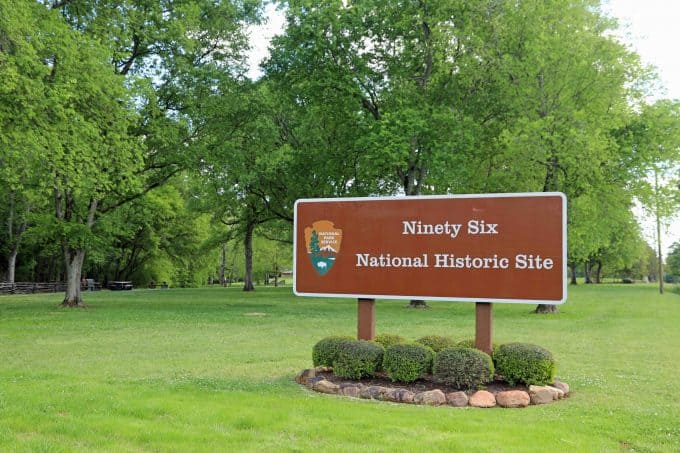
Ninety-Six National Historic Site
Top Things to do - Visit the Visitor Center, Hike the Cherokee Path, GoudyTrail, and Island Ford, Fishing, Walk the Historic Interpretive Trail, Star Fort Pond, Watch the Park Video, Visit the Museum, Birdwatching, Vist the James Birmingham Monument
Lodging - There are no lodging options within the park. There are a variety of places to stay in the area. Hotels, motels, and bed and breakfasts are available nearby.
Camping - There are no campgrounds within the park. The closest campsite is ;located about 60 miles south of Greensville, SC
Park Address - 1103 Hwy 248, Ninety Six 29666
Ninety Six NHS is located in west-central South Carolina approximately 60 miles west of Columbia. The park is open year-round and offers the opportunity to walk a 1-mile interpretive loop that leads past the original star fort.
During the early 18th century a thriving town was in this location due to frontier roads crossing here. The town was considered to be 96-miles from the Cherokee village called Keowee but this mileage was not correct.
The settlement grew from a trading post into a thriving community with a courthouse, jail, and multiple shops. During the early days of the Revolutionary War in November 1775, a battle was fought here.
This was the first land battle of the Revolutionary War fought south of New England. The area evolved into a stronghold for Loyalists.
In June 1781 Major General Nathanael Green led the Continental Army troops against the British and Loyalists. The Loyalists had built a star fort earthen stronghold for protection.
Patriot troops dug trenches and built a 30-foot platform which allowed them to fire down into the star fort. They also tried to dig a tunnel under the fort in the hopes of setting off explosives and blowing an opening in the fort walls.
After twenty-eight days the Patriot forces withdrew after hearing of advancing Loyalist reinforcements. The fort was then burned by the Loyalists.
Today you can visit the small visitor center, tour the interpretive loop, and see one of the least altered landscapes of any Revolutionary War site.
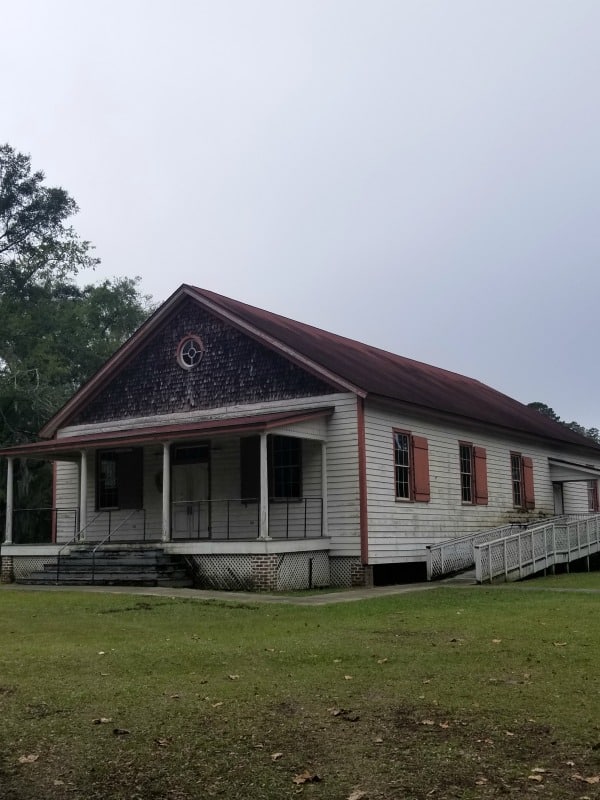
Reconstruction Era National Historical Park
Top Things to do - Participate in Ranger Led Guided Programs, Attend Special Events, Visit the Beaufort History Museum, Explore Coastal Discovery Museum
Lodging - There are no lodging facilities within the park.
Camping - There are no campgrounds within the park. The nearest camping options are in Lakewood State Park
Park Address - 706 Craven Street, Beaufort, SC 29902
Reconstruction Era NHP is a park in progress located in Beaufort County, South Carolina. The park was established in January 2017. The National Park Service is still working to build out the park programming.
The park visitor center is located in Beaufort and is a great place to start your visit. You can also visit Penn Center (pictured above). The Beaufort History Museum is not part of the park but has a ton of information about the Reconstruction Era.
The years from 1861-1898 are considered the Reconstruction Era. The period of time when the United States processed/struggled with how to integrate millions of freed slaves into social, political, economic, and labor systems.
Learn more about National Park Passes for parks that have an entrance fee.
$80.00 - For the America the Beautiful/National Park Pass. The pass covers entrance fees to all US National Park Sites and over 2,000 Federal Recreation Fee Sites for an entire year and covers everyone in the car for per-vehicle sites and up to 4 adults for per-person sites.

Buy your pass at this link, and REI will donate 10% of pass proceeds to the National Forest Foundation, National Park Foundation, and the U.S. Endowment for Forestry & Communities.
National Park Free Entrance Days -Mark your calendars with the five free entrance days the National Park Service offers annually.

For a fun adventure check out Escape Campervans. These campervans have built in beds, kitchen area with refrigerators, and more. You can have them fully set up with kitchen supplies, bedding, and other fun extras. They are painted with epic designs you can't miss!
Escape Campervans has offices in Vancouver, Seattle, Portland, San Francisco, Las Vegas, Los Angeles, Phoenix, Salt Lake City, Denver, New York, and Orlando
South Carolina National Parks
- Charles Pinckney National Historic Site
- Congaree National Park
- Cowpens National Battlefield
- Fort Sumter and Fort Moultrie National Historical Park
- Kings Mountain National Military Park
- Ninety-Six National Historic Site
- Reconstruction Era National Historical Park
Affiliated Areas
- Gullah/Geechee Cultural Heritage Corridor (FL, GA, NC, SC)
- Overmountain Victory National Historic Trail (NC, SC, TN, VA)
- South Carolina National Heritage Corridor
There are 7 National Parks in South Carolina that receive over 1.6 million visitors each year. These visitors produce over $93.5 million in economic benefits through tourism.
South Carolina National Parks include 2 National Heritage Areas, 1 National Trail managed by the Park Service, 1,531 National Register of Historic Places Listings and 76 National Historic Landmarks.
National Parks in South Carolina also includes 6 National Natural Landmarks, 1,171 places recorded by the Heritage Documentation Program and over 1.4 objects in the South Carolina National Park Museum Collections. There are also 107 Archaeological Sites
Also, check out how to become a Park Ranger to learn what it takes to work in our parks.
National Parks in neighboring states
National Parks in North Carolina
Do you know how many National Parks you have visited? Check out this printable National Park List in Alphabetical Order to count how many of the 59 National Parks you have visited.
Make sure to follow Park Ranger John on Facebook, Instagram, Pinterest, and TikTok
